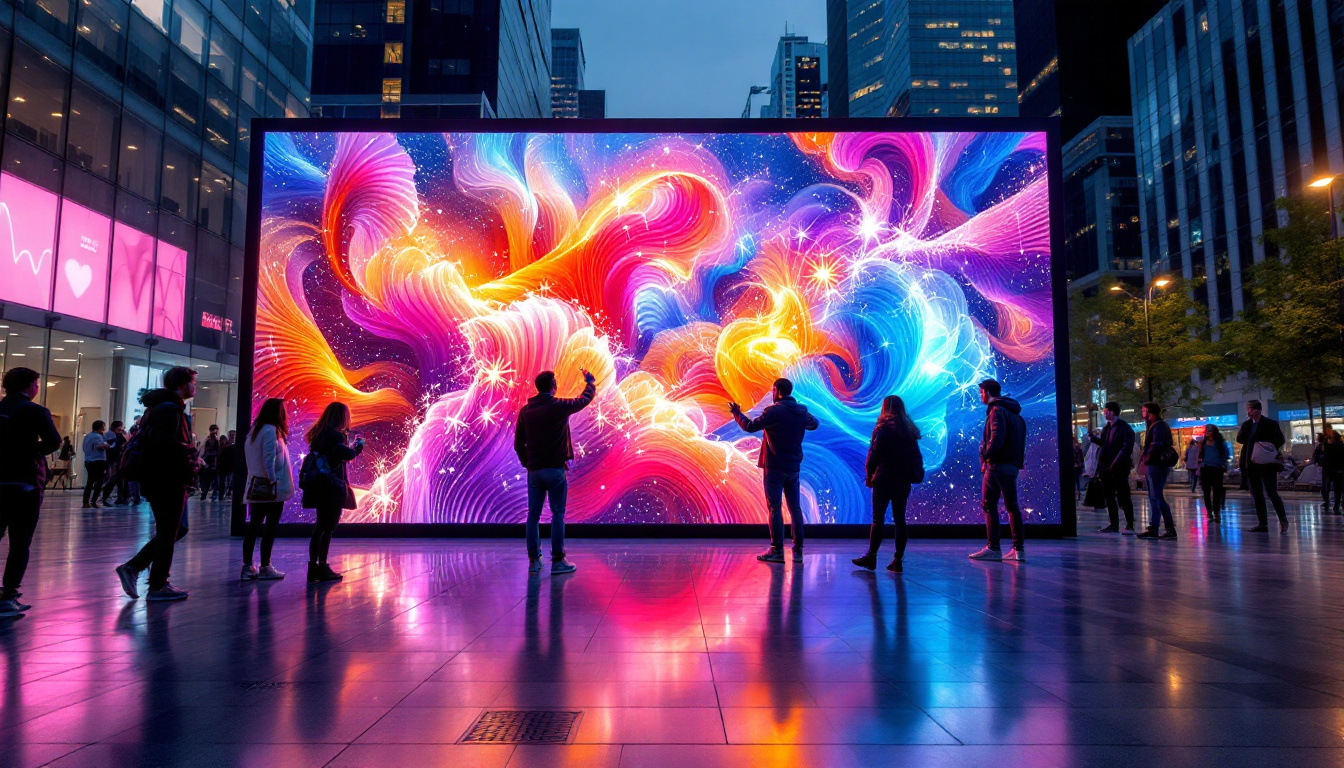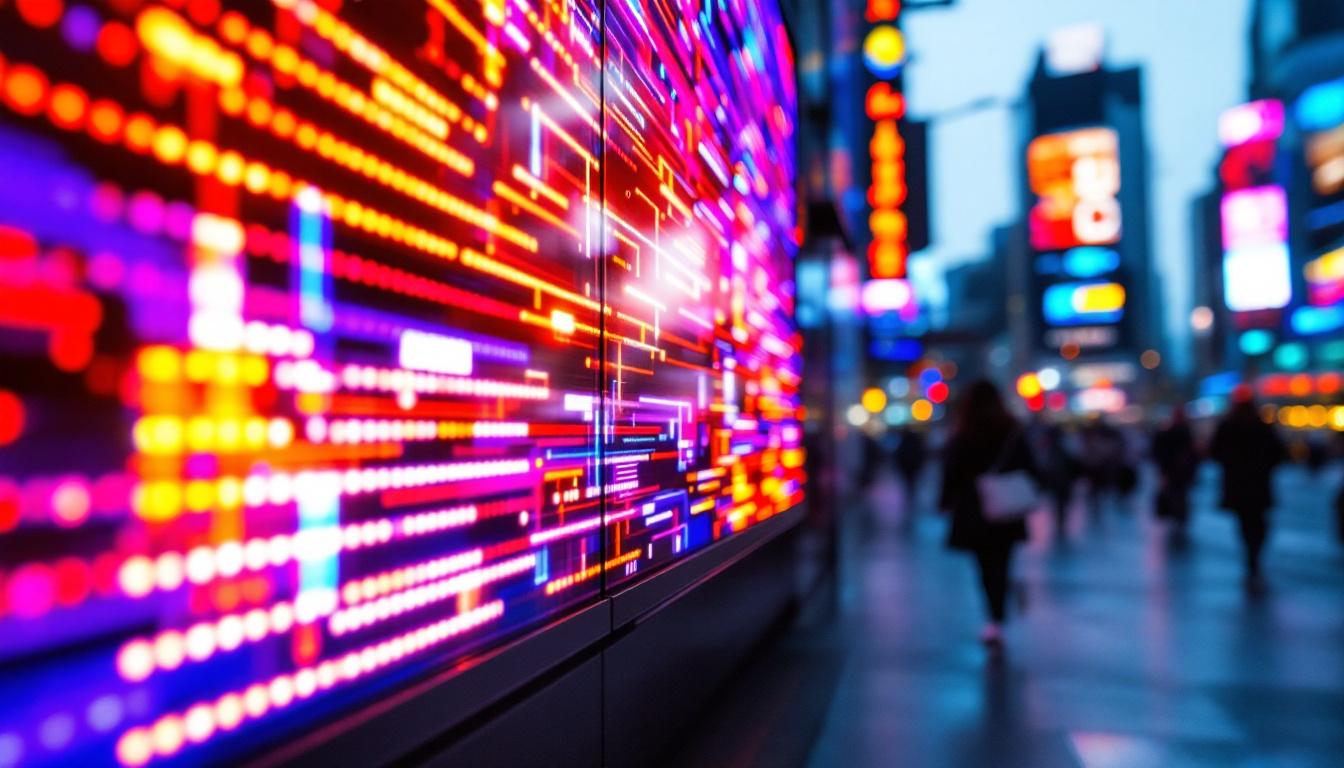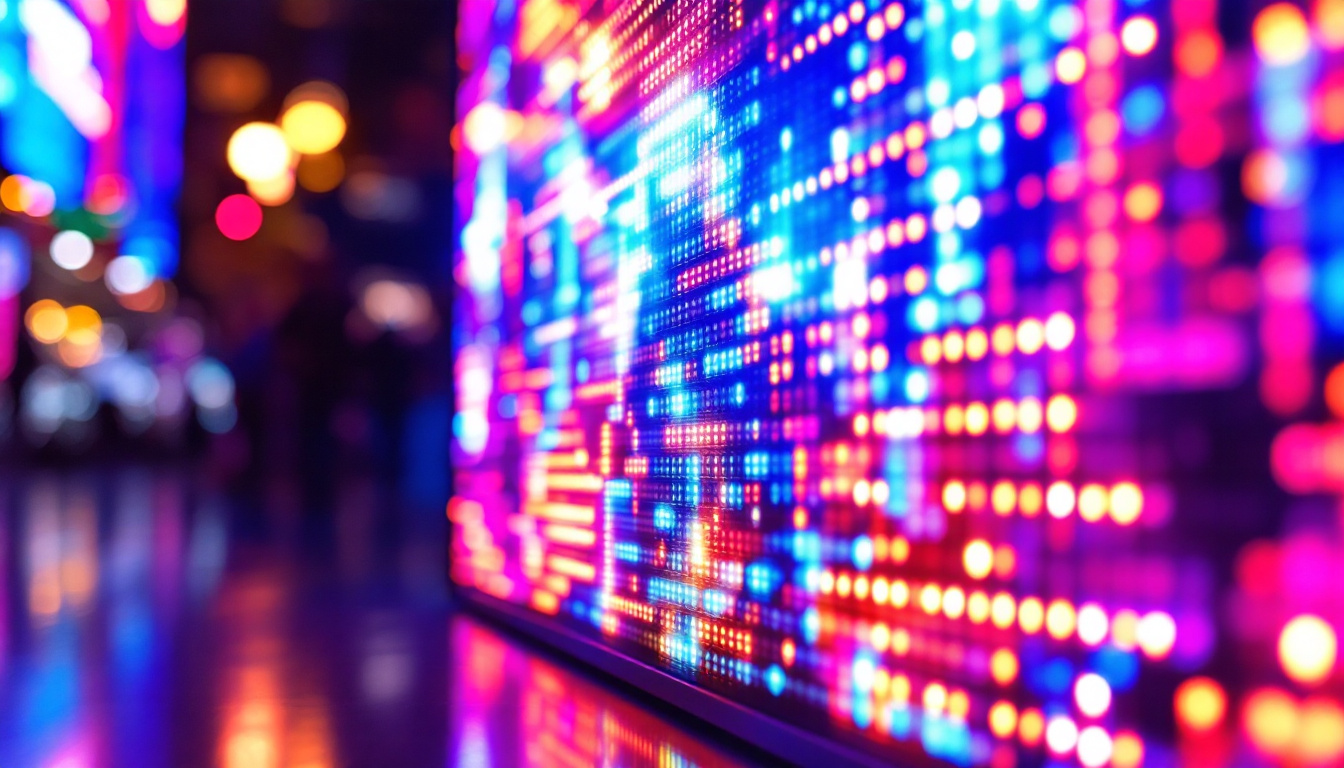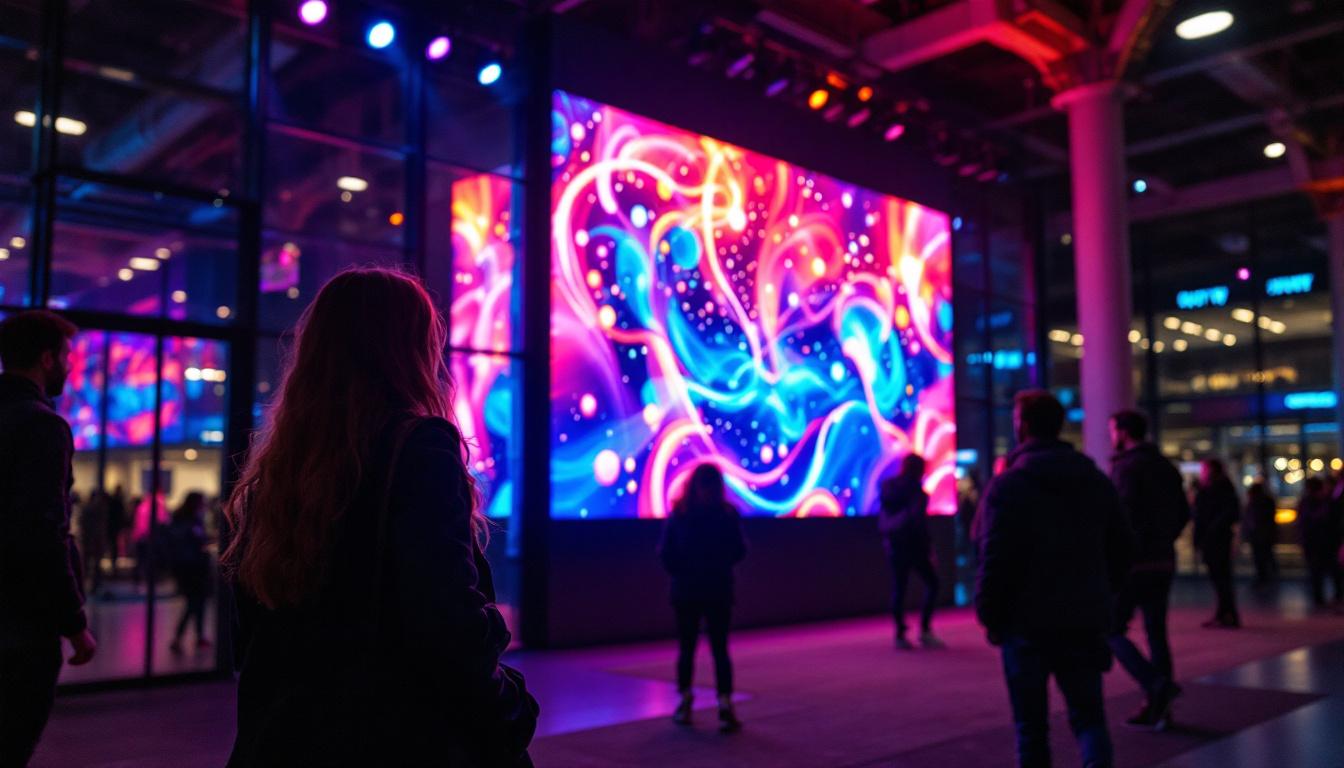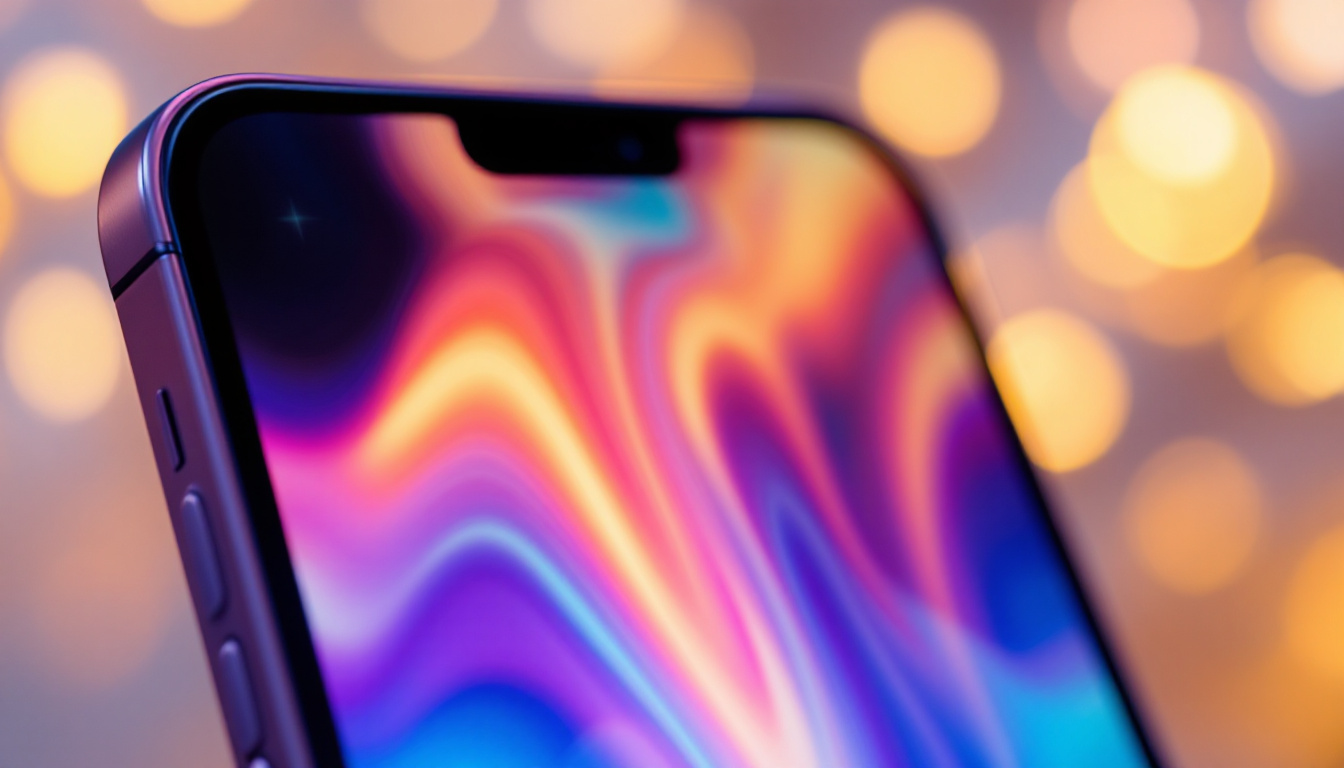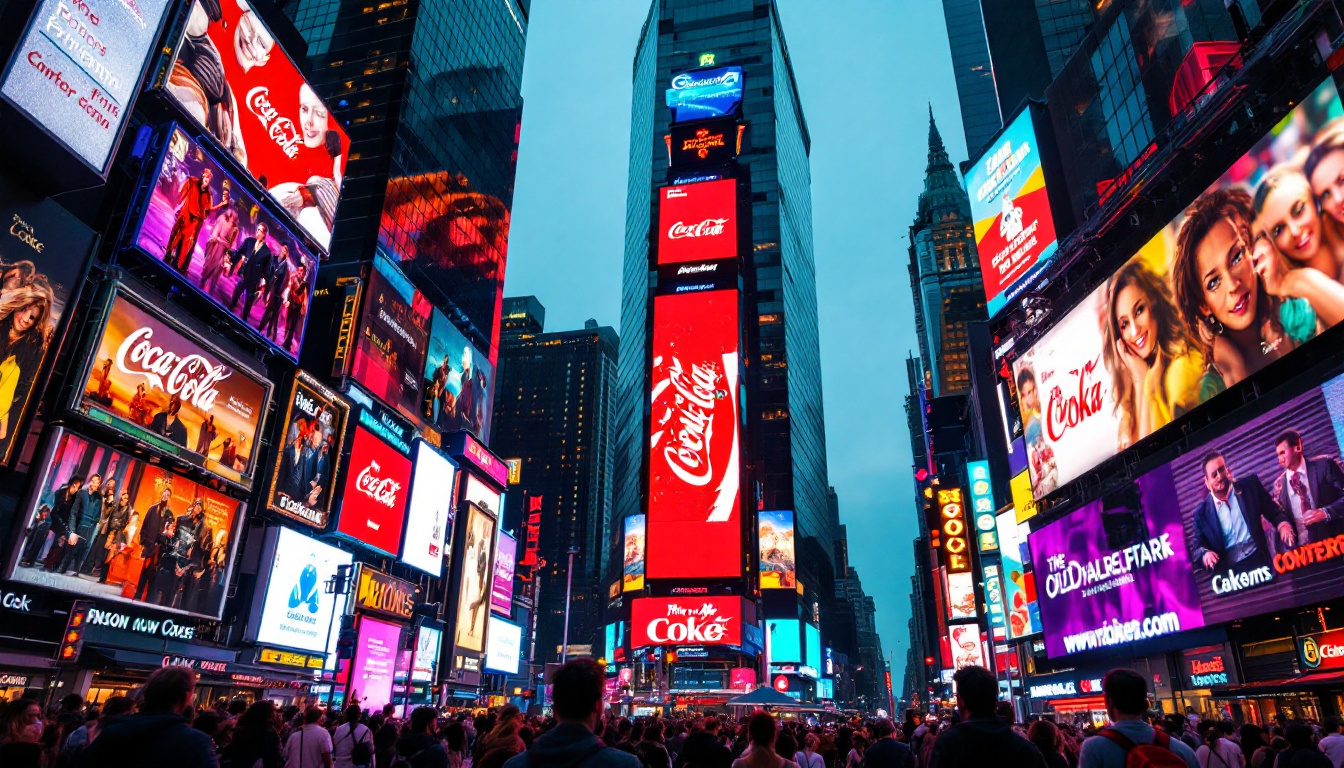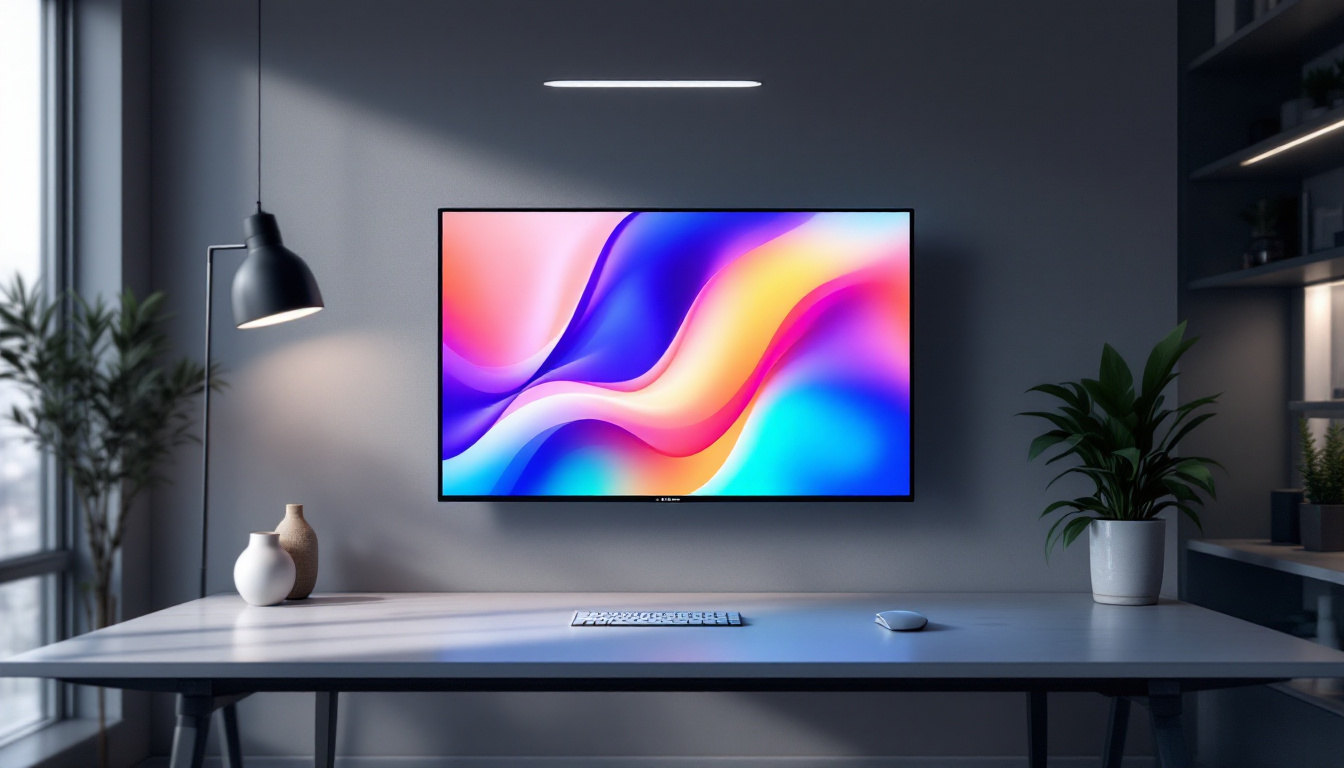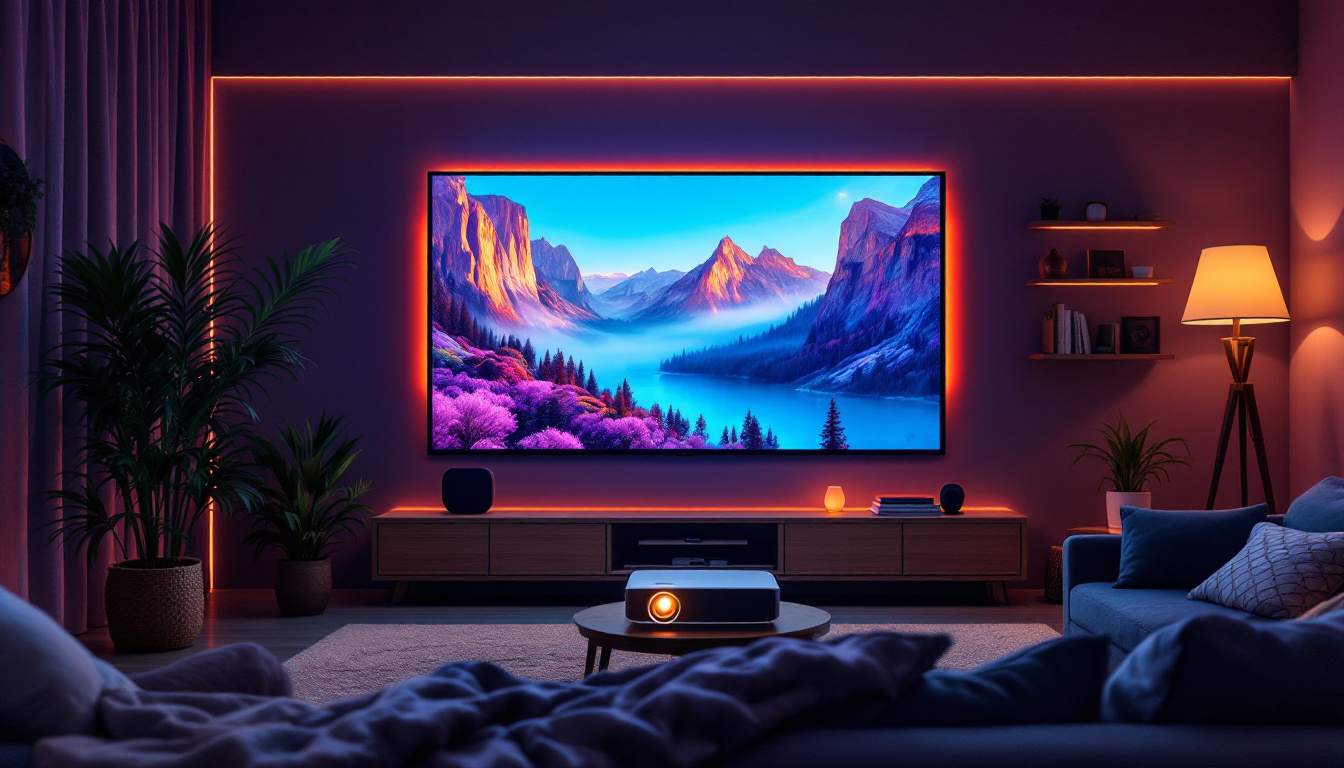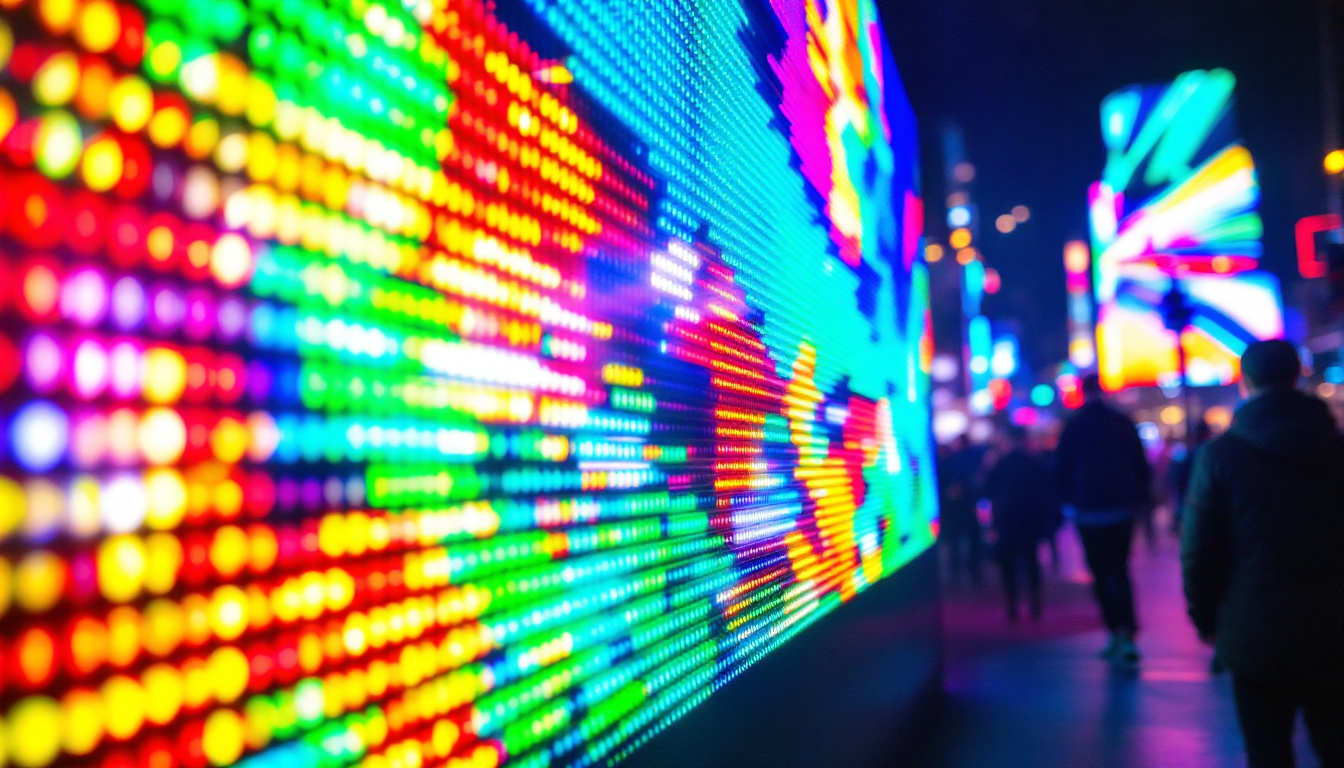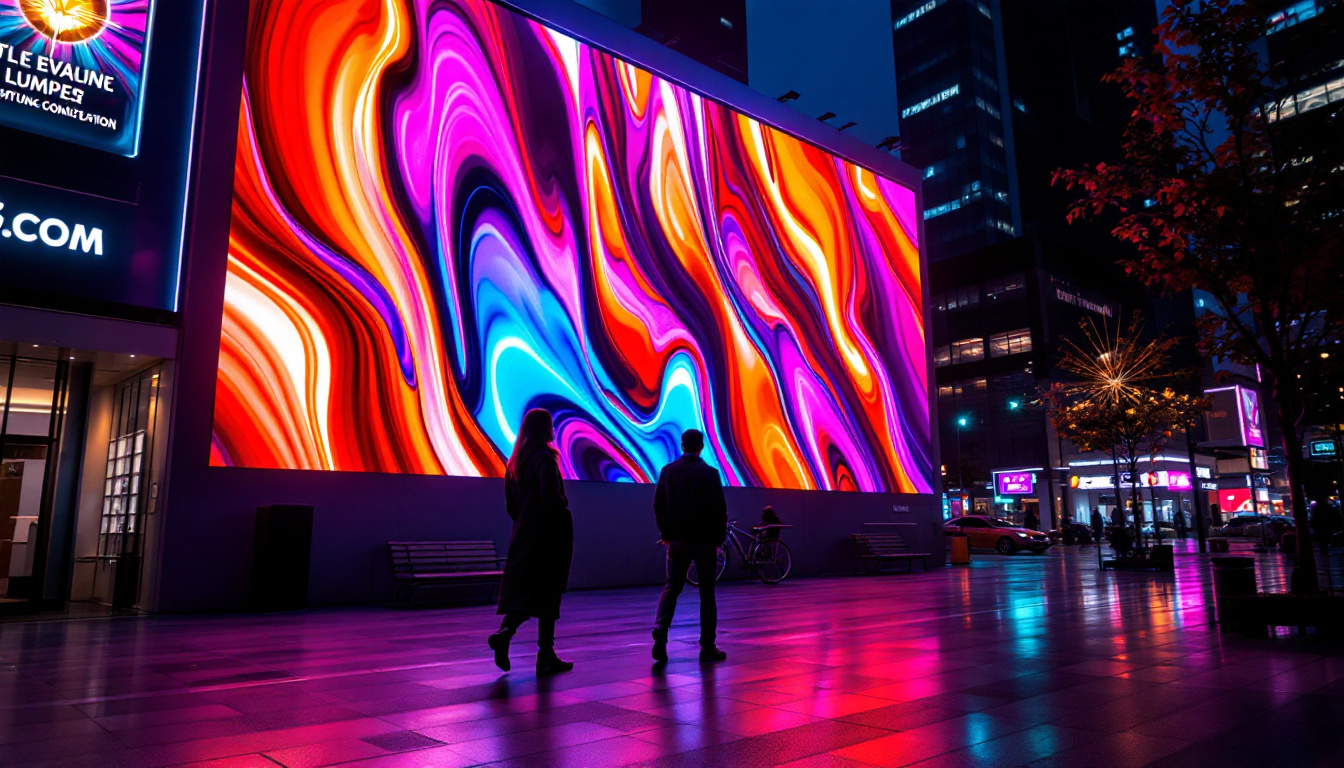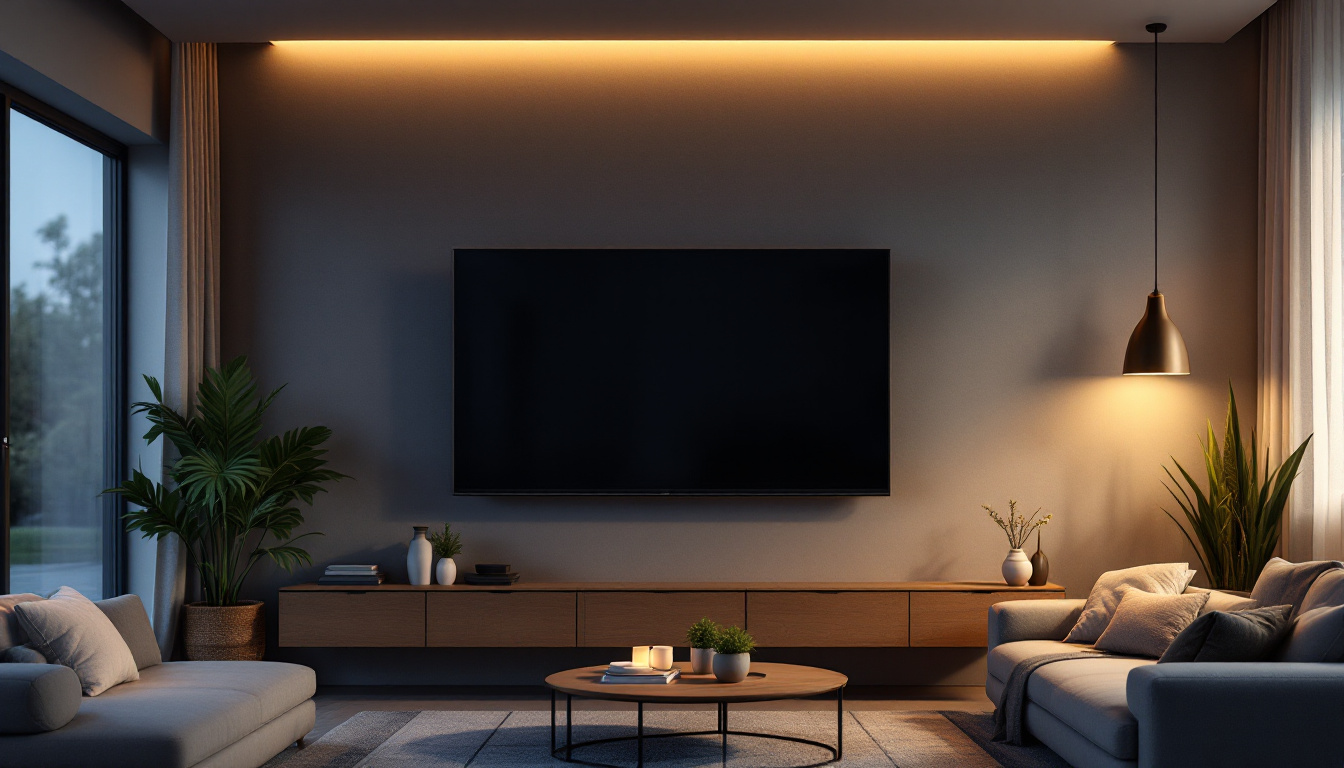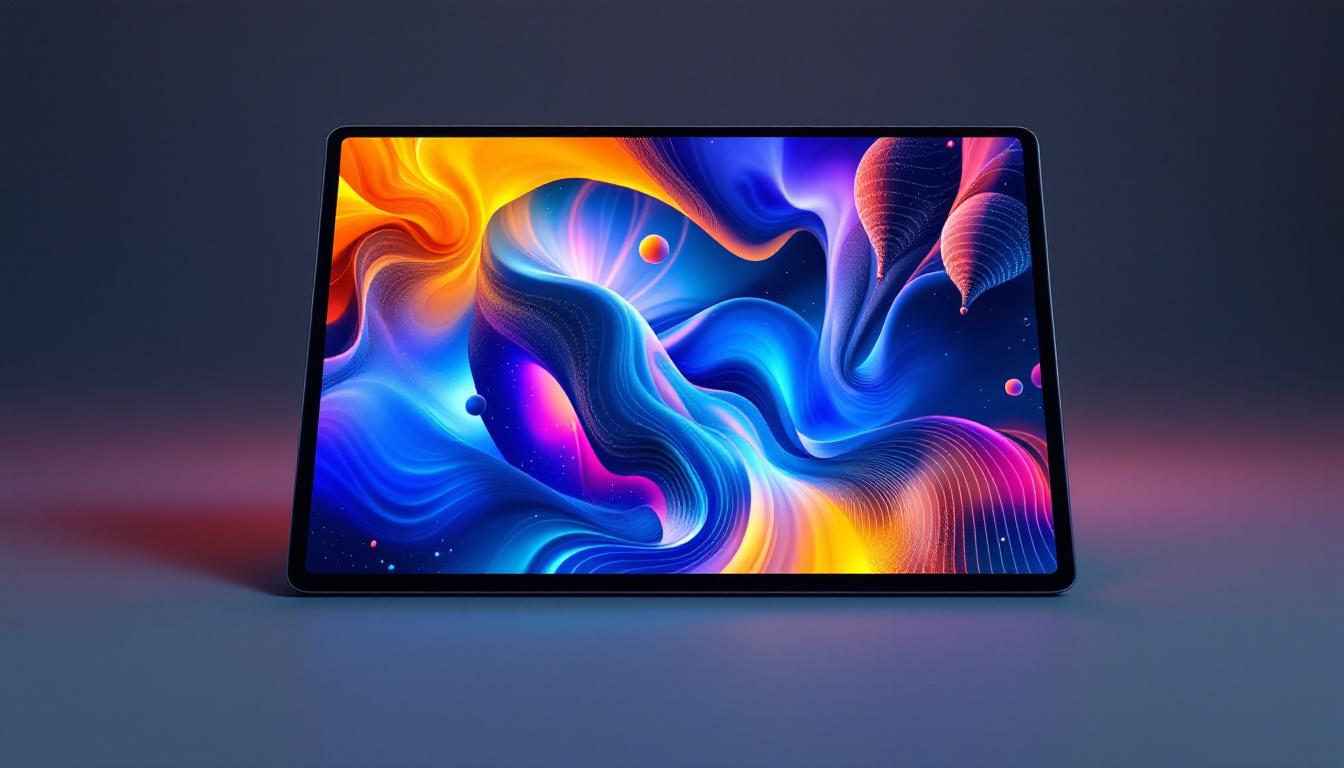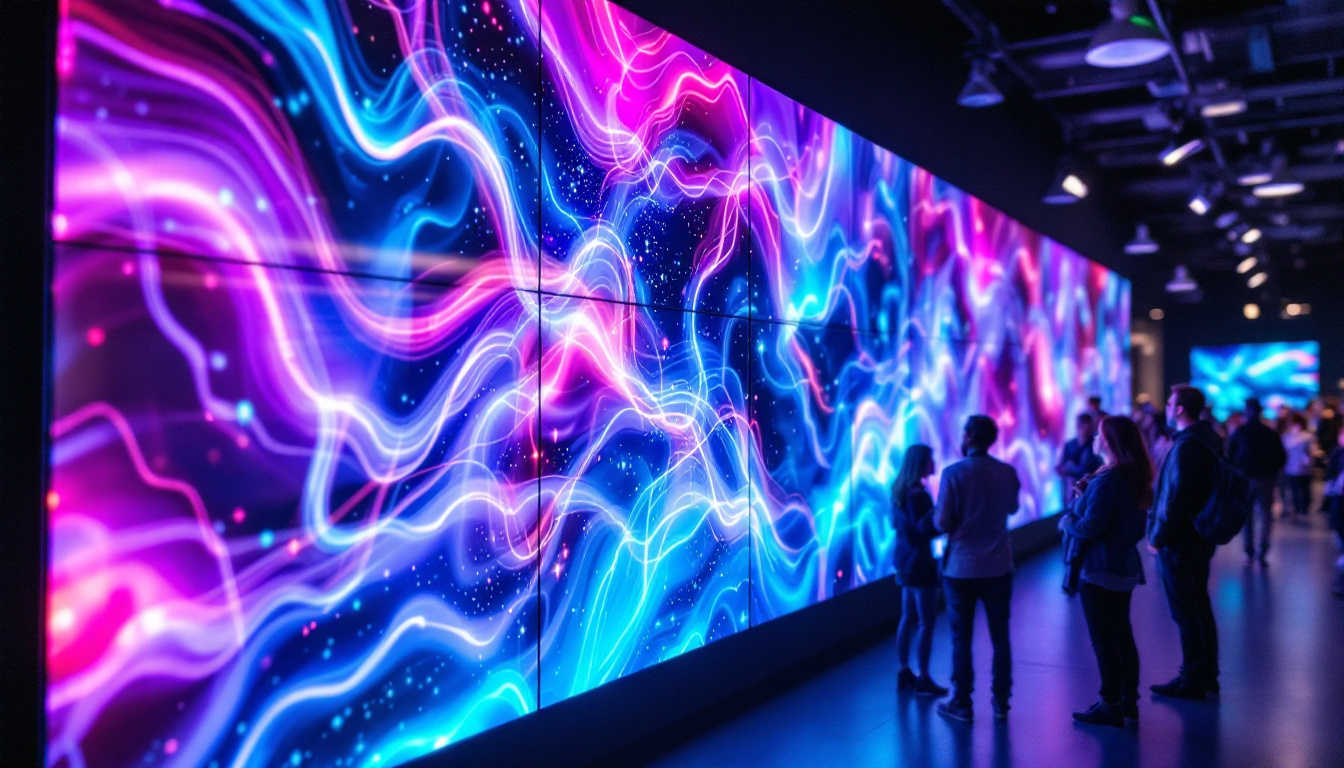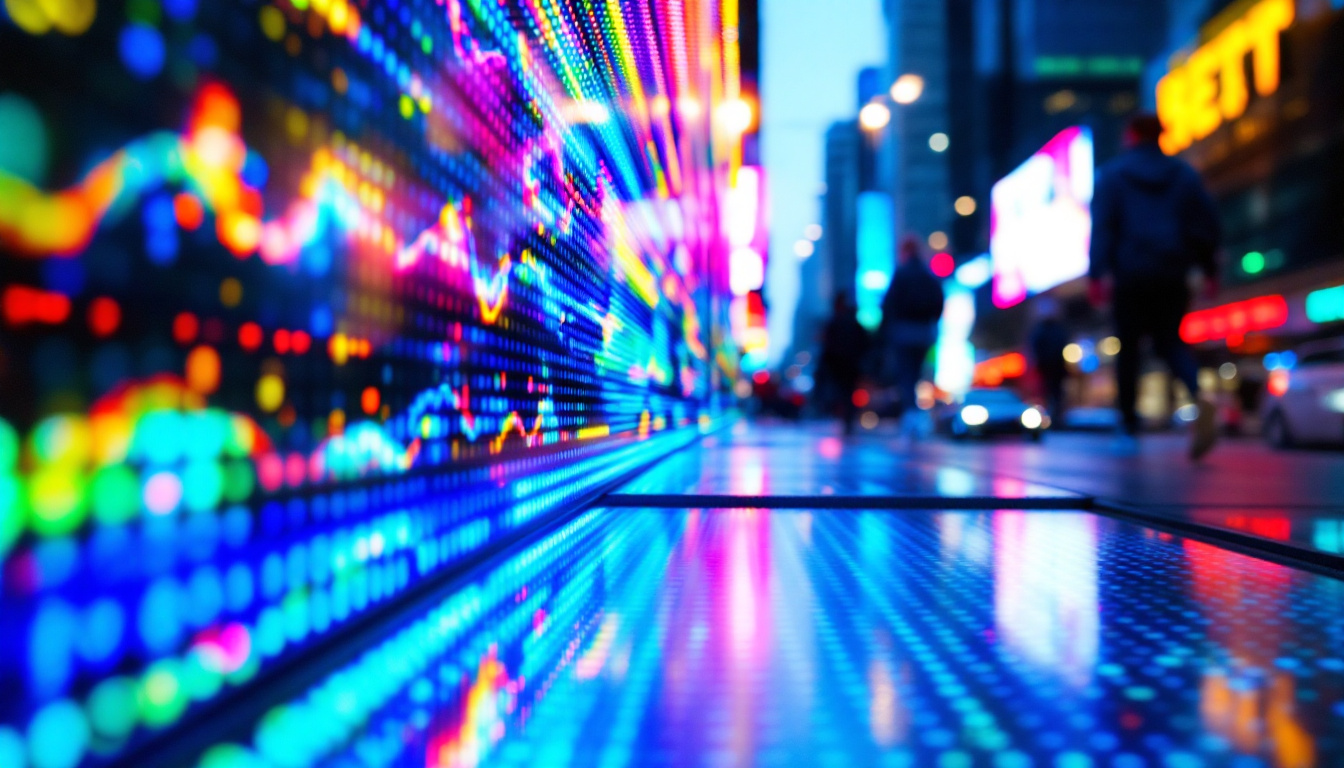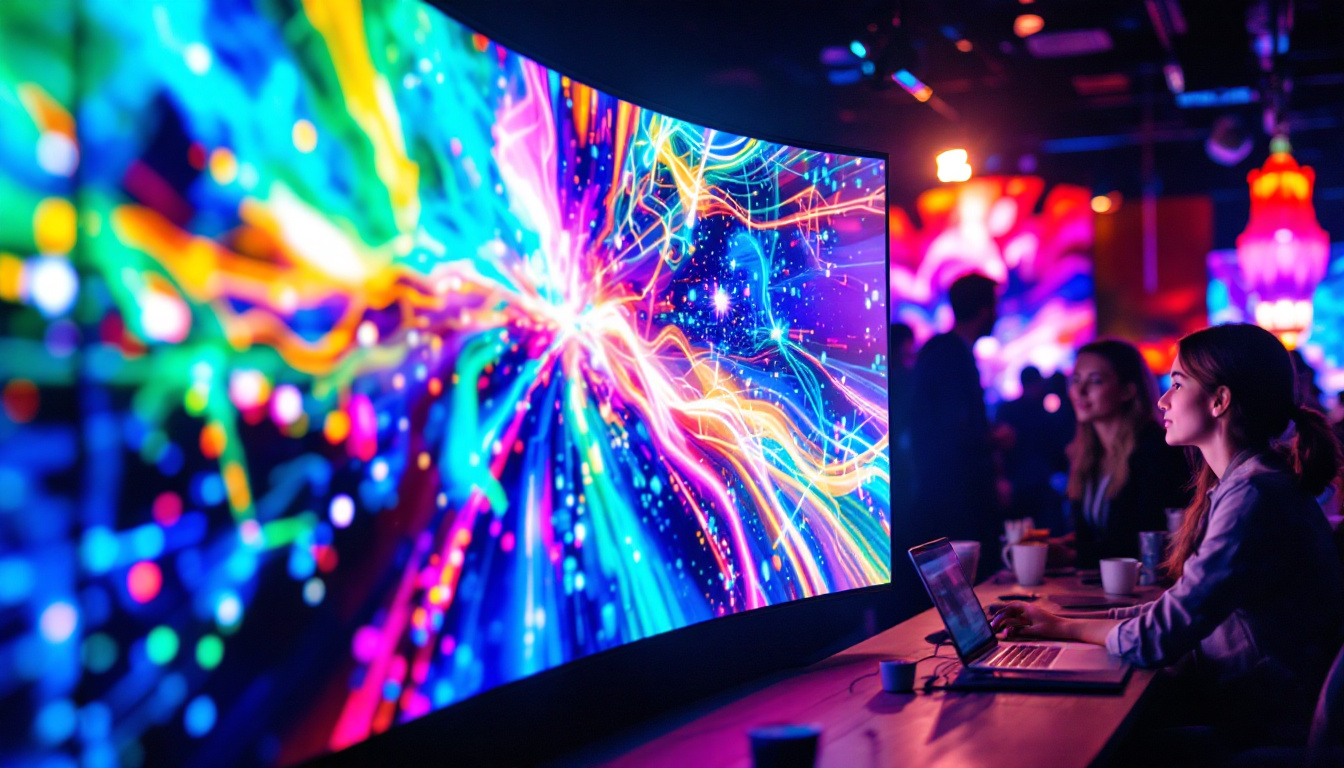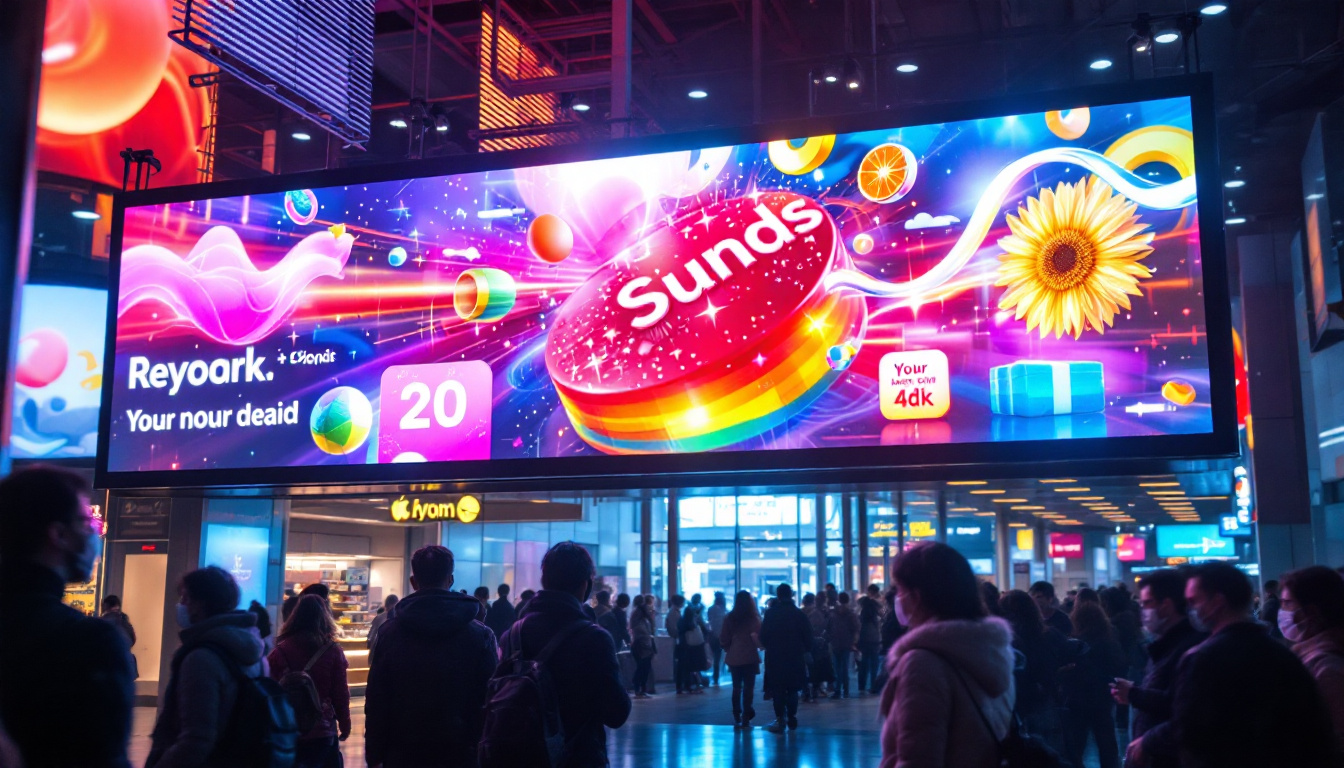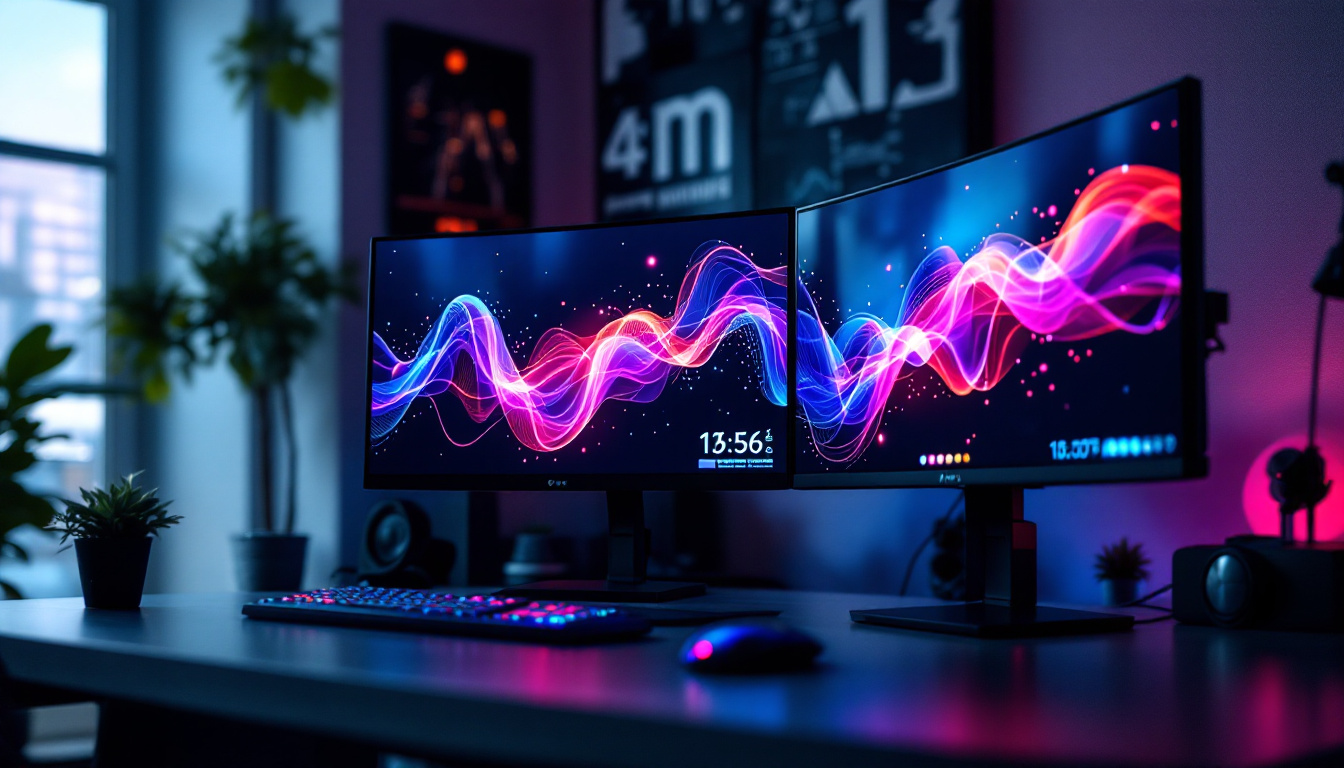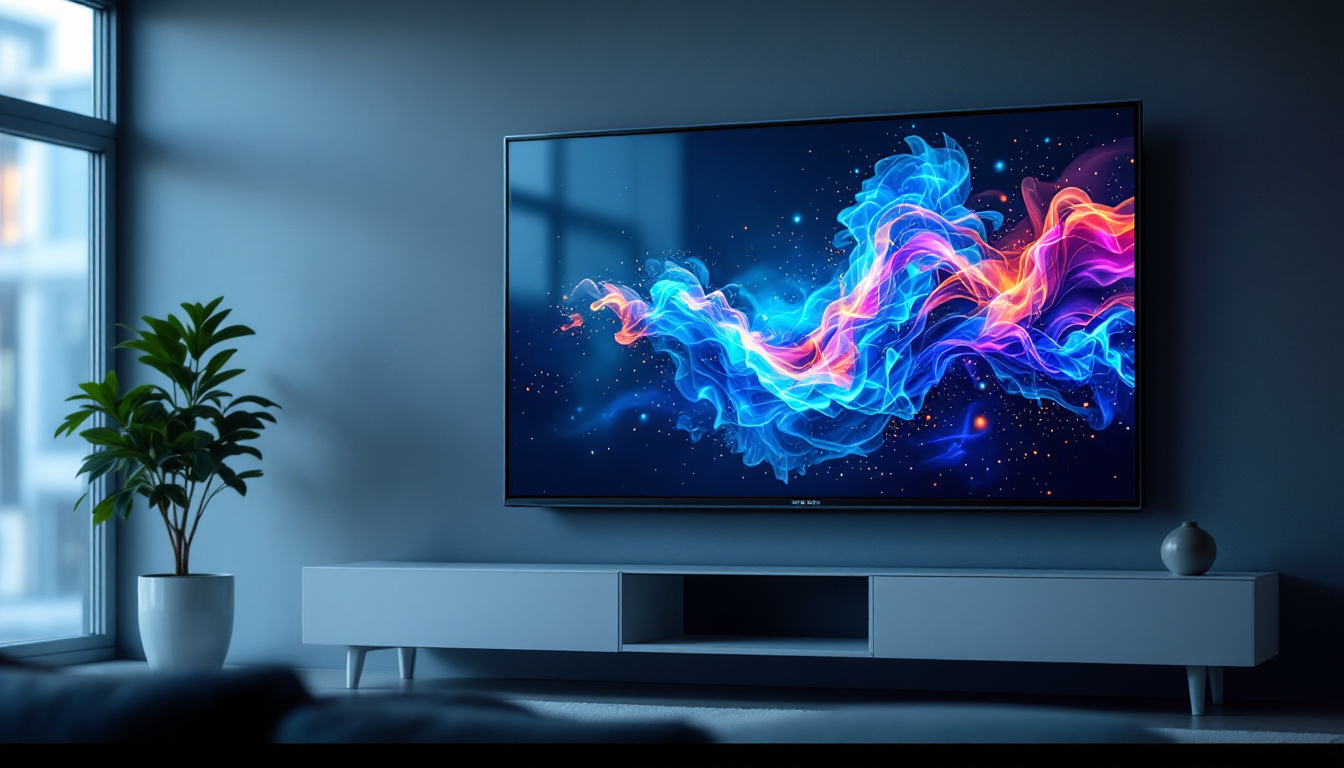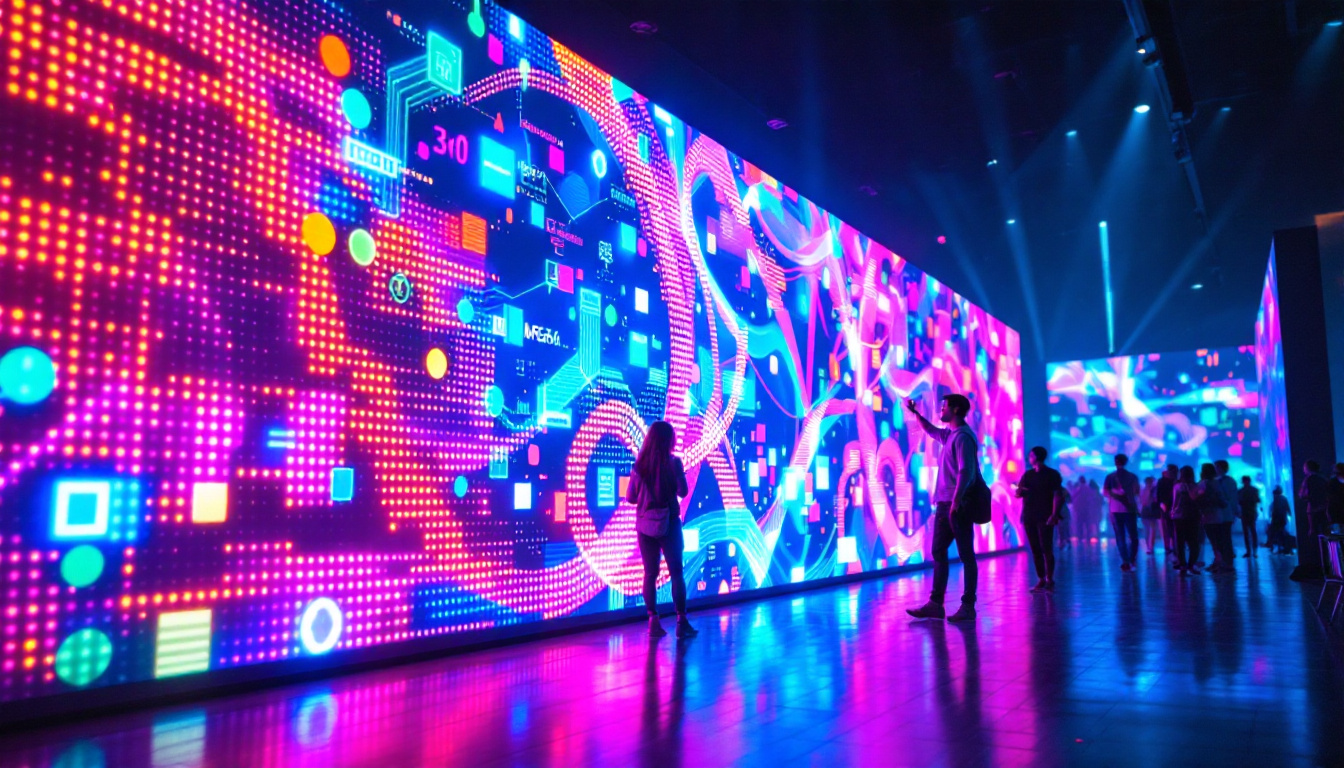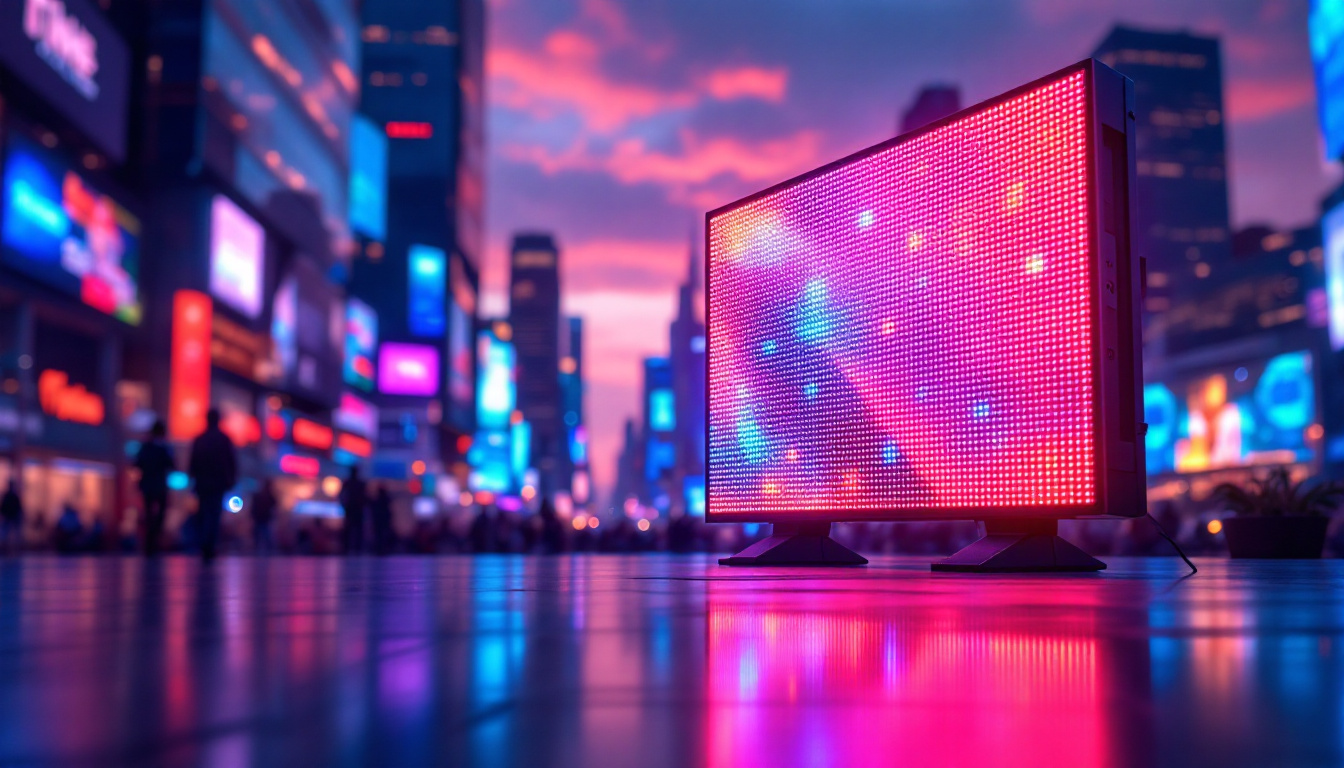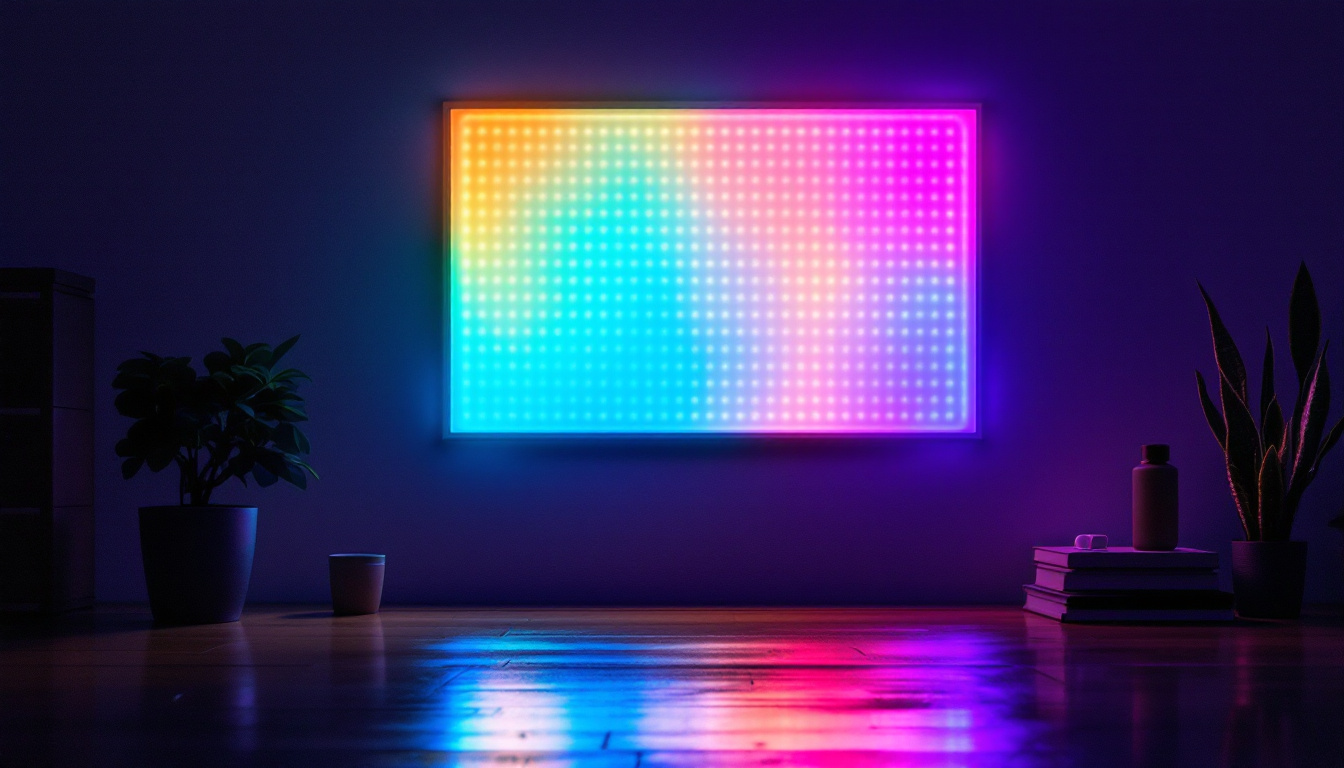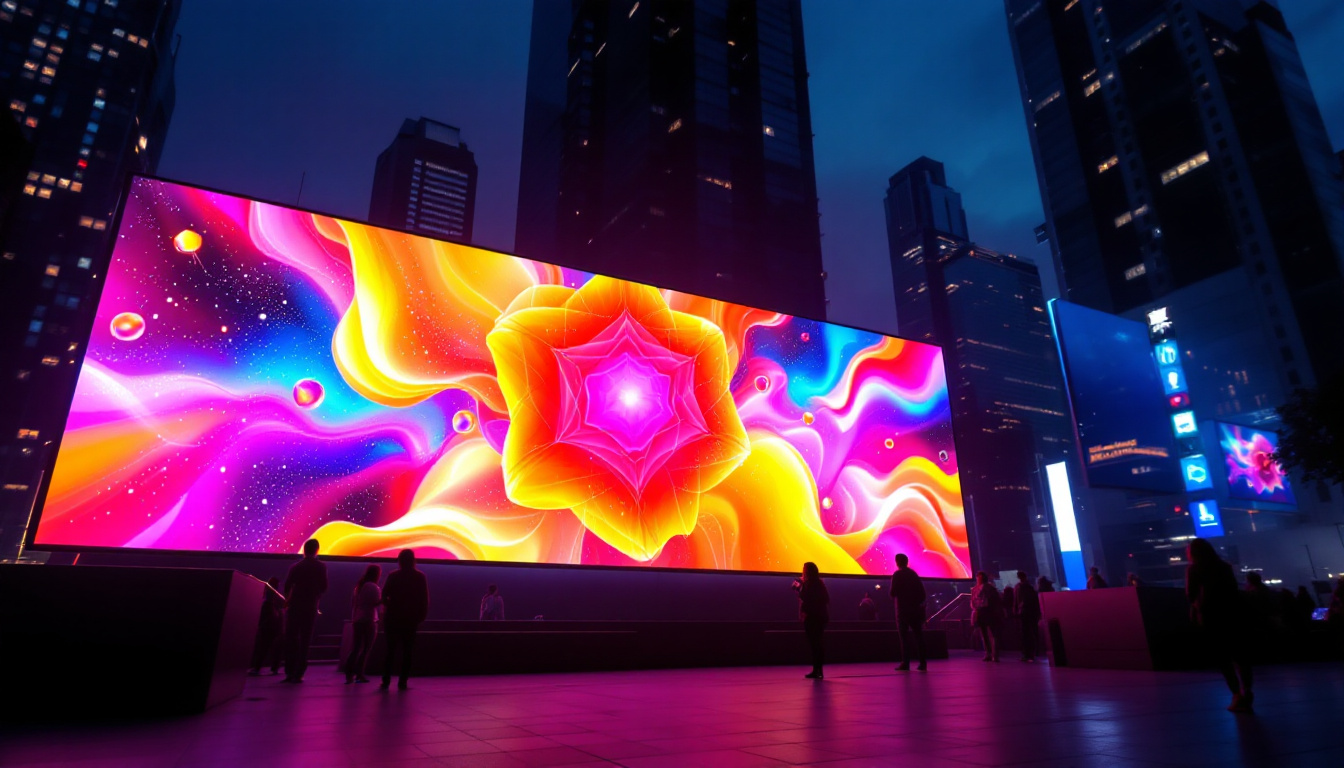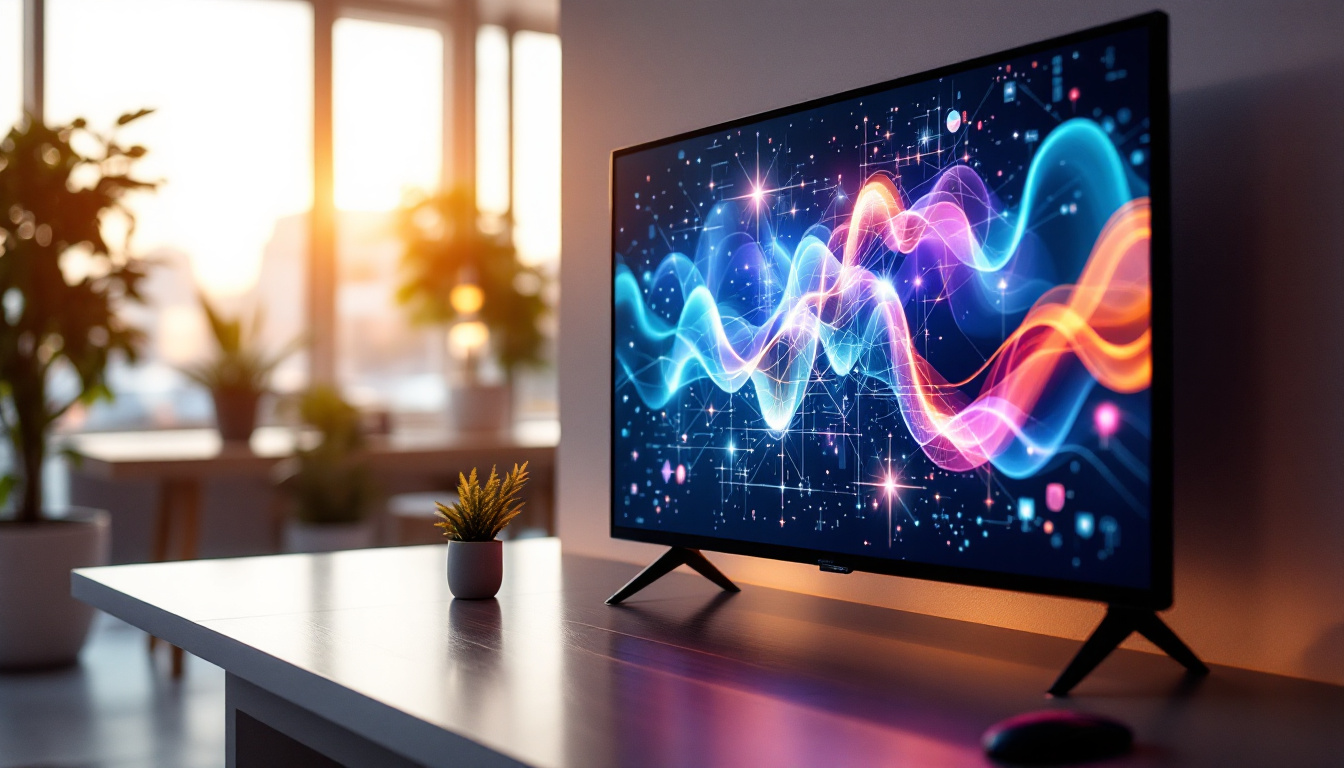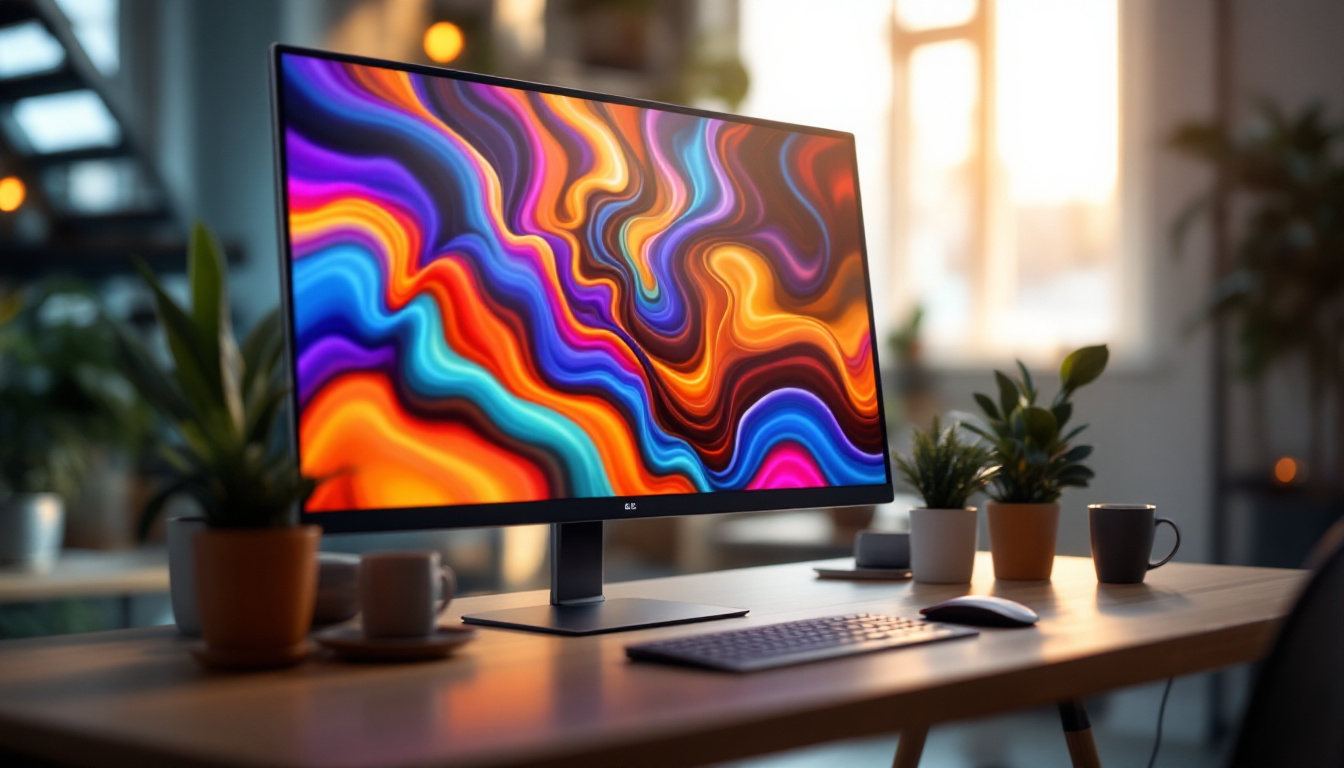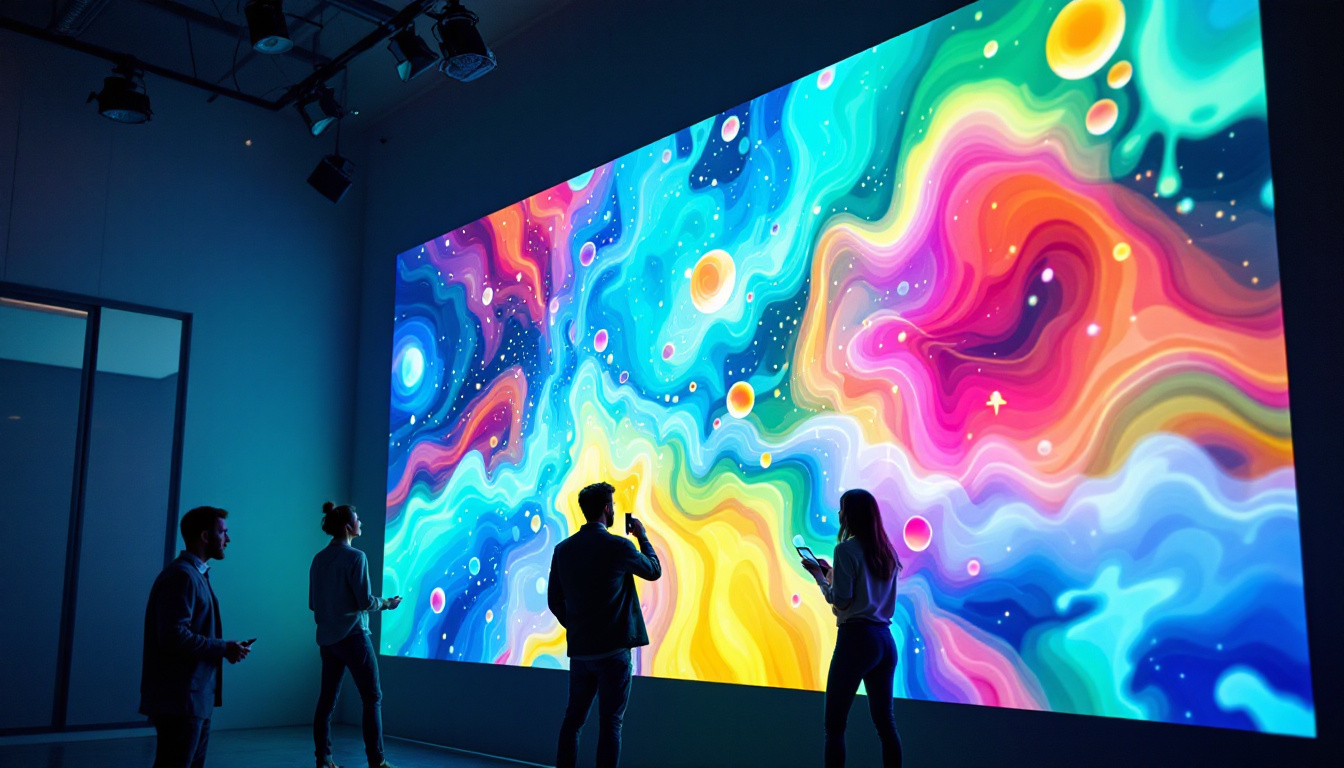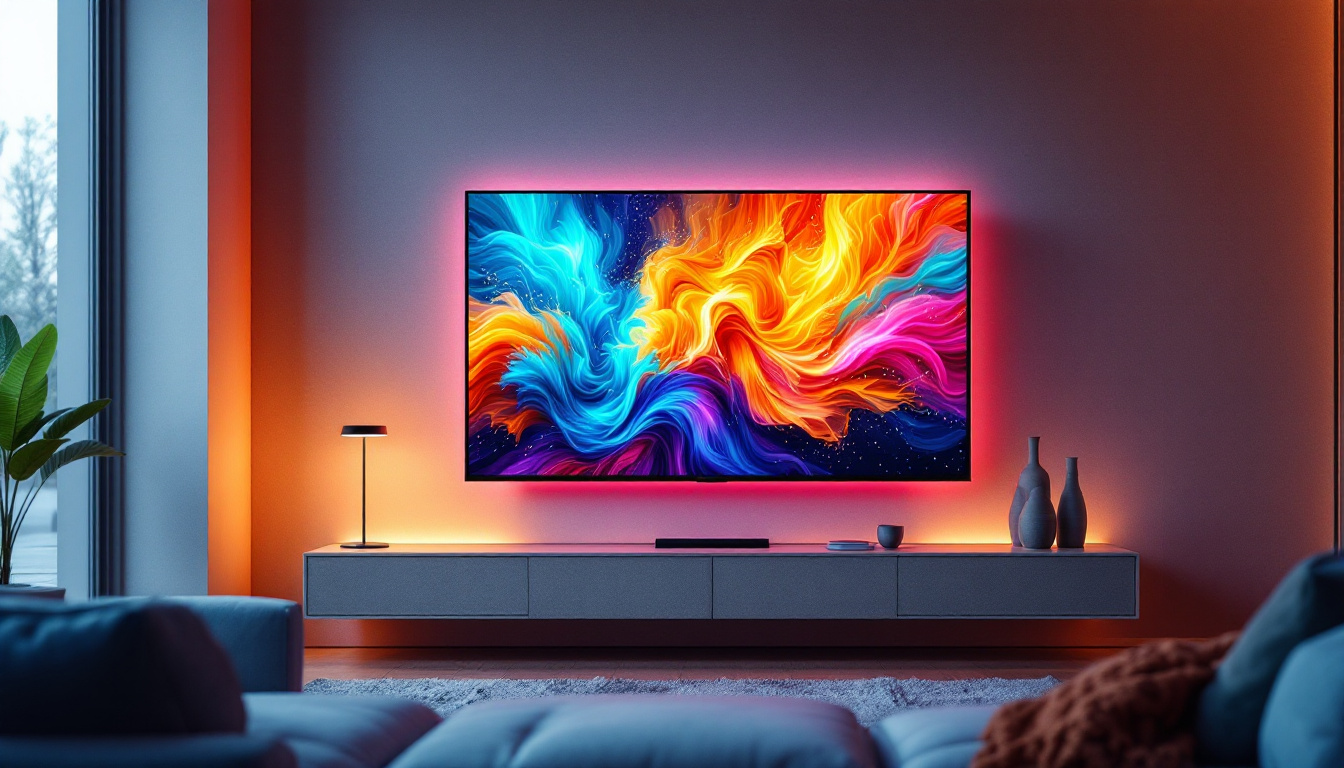In the rapidly evolving world of technology, LED displays have emerged as a significant innovation, particularly in the realm of visual communication. Among these advancements, see-through screens are gaining attention for their unique ability to blend digital content with the physical environment. This article delves into the intricacies of see-through LED displays, exploring their functionality, applications, and the technology that powers them.
Understanding LED Technology
Light Emitting Diodes (LEDs) are semiconductor devices that emit light when an electric current passes through them. This technology has revolutionized display systems, offering brighter, more energy-efficient solutions compared to traditional display methods. The evolution of LED technology has not only impacted consumer electronics but has also paved the way for advancements in various fields, including automotive lighting, architectural illumination, and even horticulture. As the demand for sustainable and efficient lighting solutions grows, LEDs continue to play a pivotal role in shaping the future of lighting.
How LEDs Work
LEDs operate on a principle known as electroluminescence. When a voltage is applied, electrons recombine with holes within the device, releasing energy in the form of photons. The color of the emitted light is determined by the materials used in the semiconductor. This allows for a wide range of colors and brightness levels, making LEDs ideal for various applications. The ability to fine-tune the semiconductor materials also means that manufacturers can create LEDs that emit specific wavelengths of light, which is particularly beneficial in applications such as plant growth, where certain light spectrums can enhance photosynthesis.
Advantages of LED Displays
LED displays offer numerous advantages over conventional display technologies. They are energy-efficient, have a longer lifespan, and provide superior brightness and color accuracy. Additionally, their lightweight and thin design allows for versatile installation options, making them suitable for both indoor and outdoor use. The durability of LED technology also means that they are less prone to damage from shock and vibration, making them ideal for use in dynamic environments such as sports arenas and concert venues. Furthermore, the flexibility in design allows for creative installations, such as curved displays and intricate shapes, which can enhance the visual appeal of any setting.
Another significant advantage of LED displays is their ability to operate in a wide range of environmental conditions. Unlike traditional lighting solutions, LEDs can function effectively in extreme temperatures, making them suitable for outdoor applications in both hot and cold climates. This resilience extends their usability in various industries, including transportation, where they are used in traffic signals and vehicle lighting, ensuring visibility and safety regardless of weather conditions. Additionally, the low heat output of LEDs contributes to their efficiency, reducing the need for extensive cooling systems in large installations, which can further lower energy consumption and operational costs.
What Are See-Through Screens?
See-through screens are a specialized type of LED display that allows viewers to see both digital content and the physical environment behind the screen. This innovative technology creates a unique visual experience, merging the digital and physical worlds seamlessly. By integrating digital imagery with real-world backgrounds, see-through screens can enhance advertising, art installations, and even architectural designs, offering a captivating way to engage audiences.
Mechanism of See-Through Displays
See-through screens utilize transparent LED technology, which means that the display is constructed with transparent materials that allow light to pass through. This is achieved by using a grid of micro-LEDs that can be turned on and off independently. When the LEDs are off, the screen appears transparent, allowing viewers to see through it. When activated, the LEDs display images or information, creating a striking visual effect. The technology behind these displays is continually evolving, with advancements in pixel density and energy efficiency making them more versatile and accessible for various applications.
Types of See-Through Screens
There are primarily two types of see-through screens: transparent OLED displays and transparent LED displays. Transparent OLEDs are known for their high contrast and vibrant colors, making them suitable for applications where image quality is paramount. On the other hand, transparent LED displays are often used for larger installations, such as billboards and signage, due to their scalability and brightness. Additionally, the choice between these types often depends on the intended use; for instance, transparent OLEDs are favored in retail environments where product visibility is crucial, while transparent LEDs are ideal for outdoor advertising due to their ability to withstand various weather conditions and maintain visibility in bright sunlight.
Moreover, see-through screens are not just limited to commercial applications. They are increasingly being integrated into smart home technologies, allowing homeowners to incorporate digital displays into their living spaces without sacrificing natural light or aesthetics. Imagine a kitchen window that can display recipes or a living room wall that transforms into an interactive art piece when not in use. This technology opens up a realm of possibilities for interior design, blending functionality with cutting-edge innovation, and creating spaces that are both visually stunning and highly interactive.
Applications of See-Through Screens
The versatility of see-through screens has led to their adoption across various industries. Their ability to blend digital information with the physical world opens up new possibilities for advertising, retail, entertainment, and even architecture.
Retail and Advertising
In retail environments, see-through screens can be used to display advertisements or product information while still allowing customers to view the merchandise behind the screen. This creates an engaging shopping experience and can significantly enhance marketing efforts. For example, a store might use a see-through display to showcase a new product line, allowing shoppers to see both the product and the promotional content simultaneously. Moreover, these screens can be programmed to change content based on the time of day or specific customer demographics, making them a powerful tool for targeted marketing. Retailers can analyze customer interactions with these displays, gaining insights into consumer behavior and preferences that can inform future marketing strategies.
Architectural Integration
Architects and designers are increasingly incorporating see-through screens into building designs. These displays can serve as dynamic façades, providing information about the building or its occupants while maintaining transparency. This innovative use of technology not only enhances the aesthetic appeal of structures but also contributes to energy efficiency by allowing natural light to enter. Furthermore, see-through screens can be utilized in smart buildings to display real-time data such as energy consumption or environmental conditions, fostering a greater awareness of sustainability practices among occupants. In urban environments, these screens can also act as interactive information hubs, offering passersby details about local events, transportation schedules, or even emergency alerts, thereby enhancing community engagement and connectivity.
Challenges and Limitations
While see-through screens offer numerous advantages, they are not without challenges. Understanding these limitations is crucial for businesses considering their implementation.
Visibility and Brightness
One of the primary challenges of see-through screens is achieving optimal visibility in varying lighting conditions. In bright environments, the brightness of the display must be sufficient to ensure that digital content is easily legible against the backdrop. This can be particularly challenging in outdoor settings where sunlight can wash out the display. Additionally, reflections from surrounding light sources can further complicate visibility, leading to a less than ideal user experience. Manufacturers are continually exploring advanced technologies, such as adaptive brightness controls and anti-reflective coatings, to mitigate these issues and enhance readability in diverse environments.
Cost Considerations
The technology behind see-through screens can be expensive, particularly for high-quality displays. Businesses must weigh the potential return on investment against the initial costs of installation and maintenance. As the technology matures, however, prices are expected to decrease, making it more accessible for a broader range of applications. Furthermore, companies need to consider the ongoing costs associated with software updates and potential hardware replacements, as the rapid pace of technological advancement may render older models obsolete. Investing in training for staff to effectively utilize and maintain these screens can also add to the overall financial commitment, necessitating a comprehensive cost-benefit analysis before proceeding.
User Interaction and Experience
Another significant challenge lies in user interaction and experience. While see-through screens can provide an immersive and engaging interface, they require careful design to ensure that users can easily navigate and interact with the displayed content. The transparency of the screen can sometimes lead to confusion, as users may struggle to discern between the digital elements and the physical environment behind the display. To address this, designers must prioritize intuitive layouts and consider the use of contrasting colors and visual cues that enhance user comprehension. Additionally, incorporating touch capabilities can further complicate the design process, as the technology must accurately register input while maintaining the screen’s transparency and clarity.
The Future of See-Through Screens
The future of see-through screens looks promising, with ongoing advancements in technology and materials. As manufacturers continue to innovate, we can expect to see improvements in display quality, energy efficiency, and cost-effectiveness.
Integration with Augmented Reality
One of the most exciting prospects for see-through screens is their potential integration with augmented reality (AR). By combining AR technology with transparent displays, users could interact with digital content overlaid on their physical environment in real-time. This could revolutionize industries such as education, training, and entertainment, providing immersive experiences that were previously unimaginable.
Environmental Impact
As sustainability becomes a critical focus for businesses and consumers alike, the environmental impact of technologies like see-through screens will come under scrutiny. Manufacturers are likely to prioritize eco-friendly materials and energy-efficient designs, aligning with global efforts to reduce carbon footprints and promote sustainability.
Conclusion
See-through screens represent a fascinating intersection of technology and design, offering innovative solutions for various industries. Their ability to merge the digital and physical worlds creates unique opportunities for engagement and interaction. As advancements continue to unfold, the potential applications for see-through LED displays will undoubtedly expand, shaping the future of visual communication in ways we are just beginning to explore.
In a world where information is constantly vying for attention, see-through screens stand out as a versatile and dynamic tool. By embracing this technology, businesses can enhance their communication strategies, create memorable experiences, and stay ahead in an increasingly competitive landscape.
Discover the Future of Visual Engagement with LumenMatrix
Ready to elevate your visual communication and create experiences that resonate? LumenMatrix is at the forefront of LED display innovation, offering a wide array of solutions that seamlessly integrate into any environment. From captivating Indoor LED Wall Displays to dynamic Outdoor LED Wall Displays, and from versatile Vehicle LED Displays to engaging LED Sports Displays, our technology is designed to captivate and engage. Experience the transformative power of our LED Transparent Displays and discover how our mission to revolutionize visual communication aligns with your goals. Check out LumenMatrix LED Display Solutions today and step into a world where your message shines with unparalleled clarity and impact.

